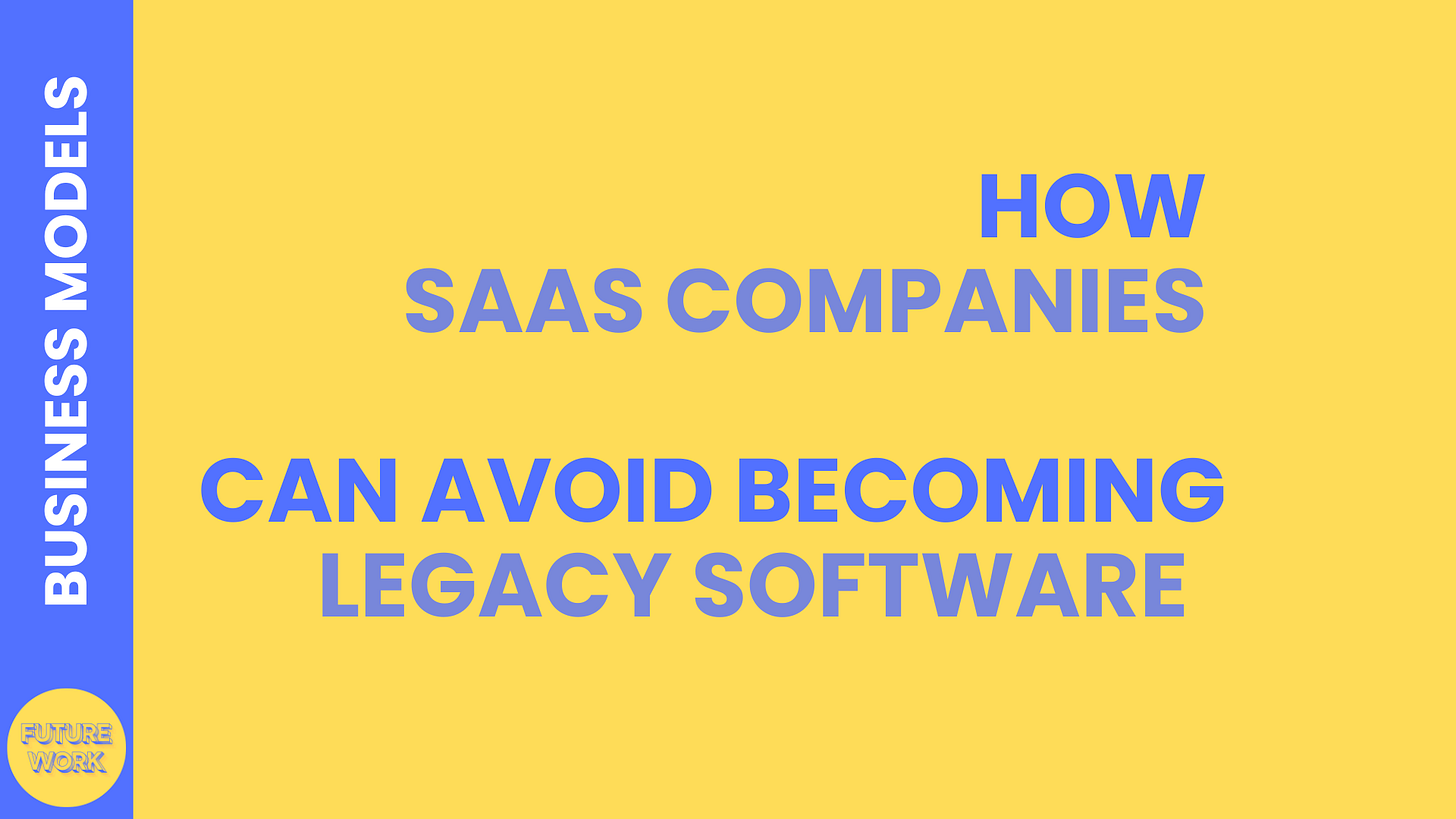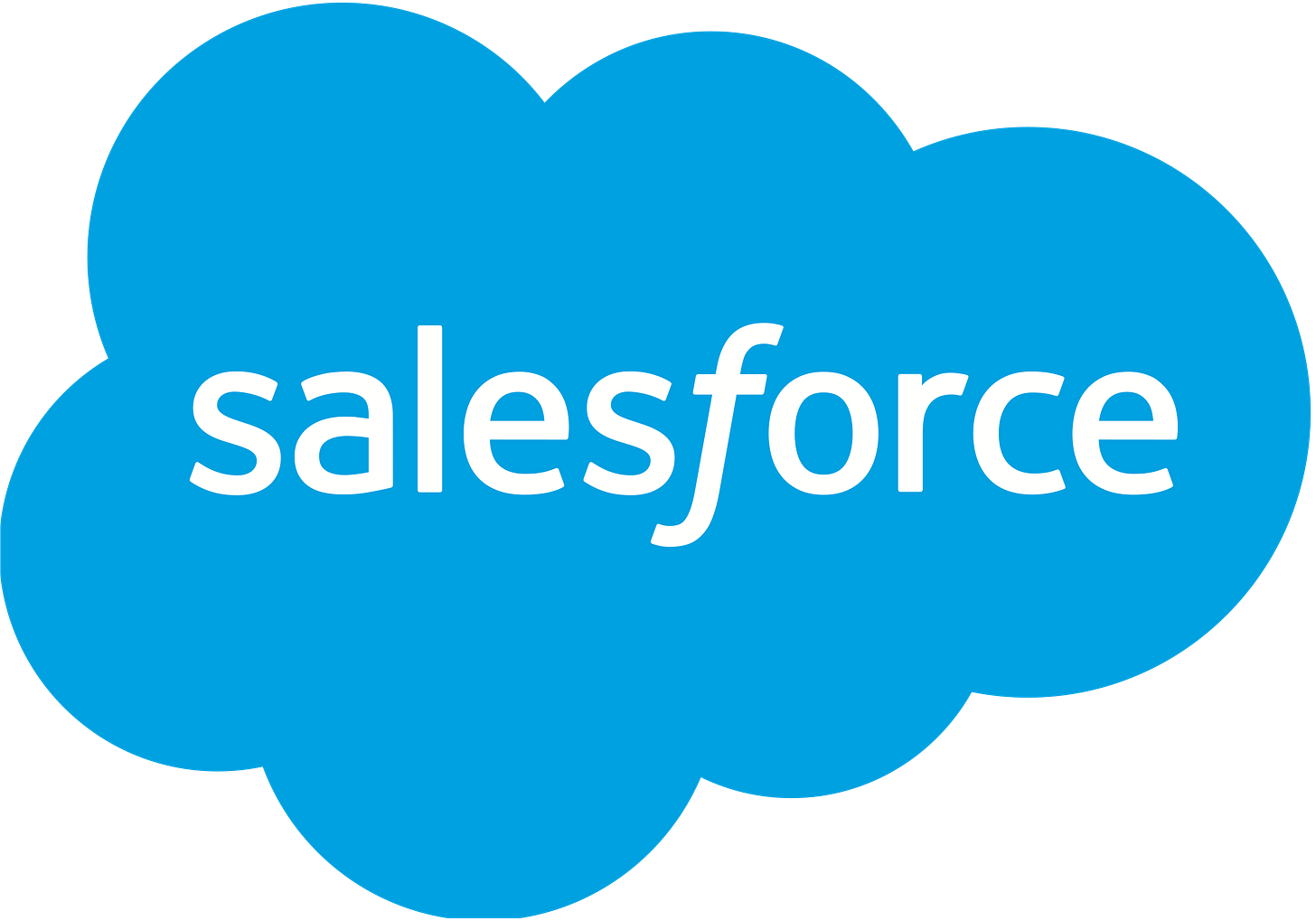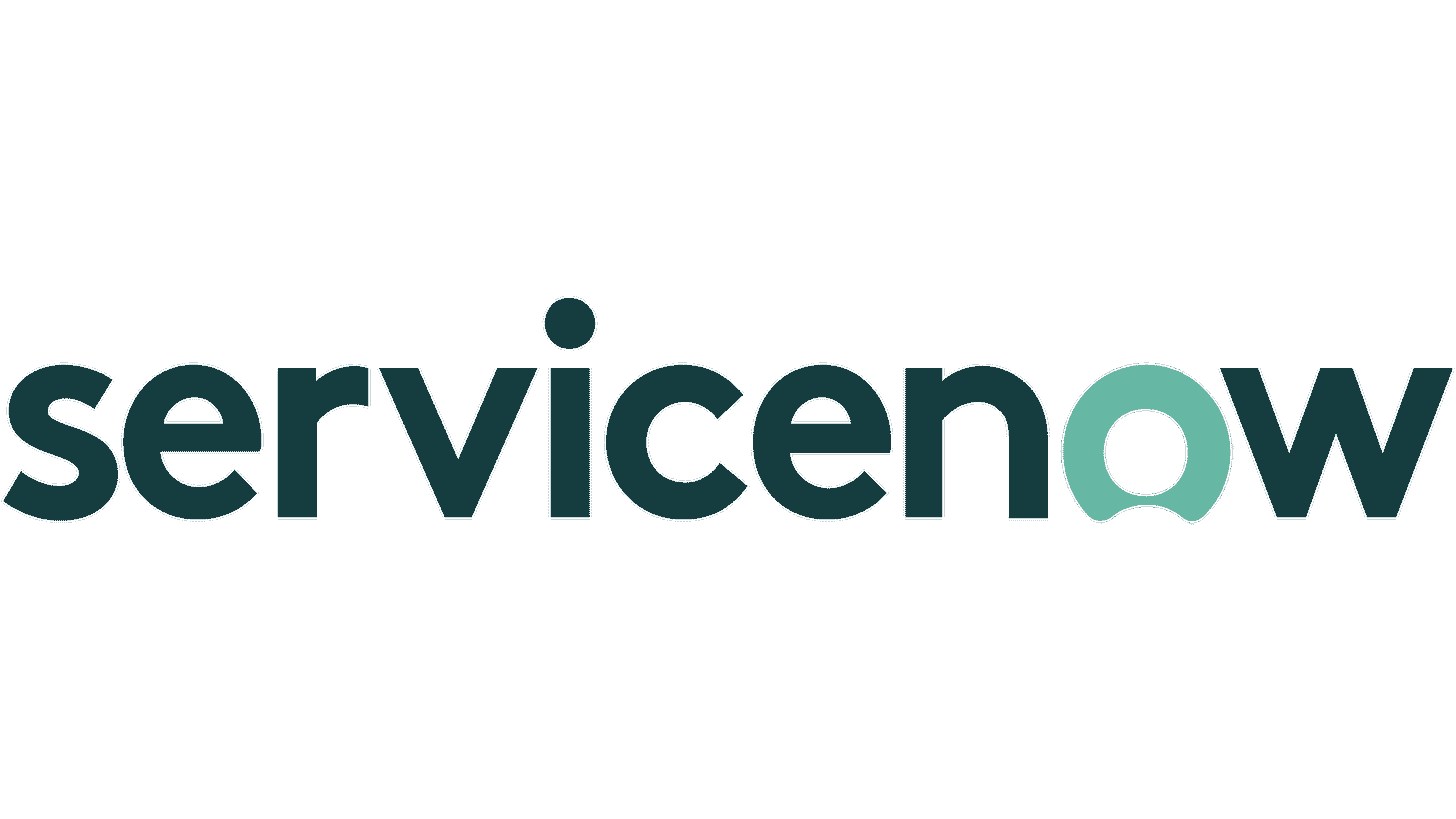Part 2: The SaaS Playbook is Changing. Here's what the big players are doing.
We look at the strategies used by Salesforce, Adobe, ServiceNow, Twilio and Microsoft to avoid becoming legacy players.
In Part 1, we broke down why SaaS businesses should be worried. AI isn’t just an efficiency tool—it’s disrupting the fundamental assumptions that SaaS is built on. The per-seat pricing model, low-cost scalability, and predictable recurring revenue streams are all being challenged by AI agents that can do more work with fewer human users.
The good news? The shift isn’t just about risks—it’s also about opportunities for those who adapt early. We’re entering a new phase of SaaS evolution, where companies that move fast and rethink their business models will gain a competitive edge.
So, what should SaaS companies do?
My co-founder Alex and I have been talking to clients about three distinct strategies to navigate this shift:
1. Reinventing their pricing models to align with how AI changes software consumption.
2. Double down on AI, integrating it deeply into their products to make their software indispensable and compete in the agentic landgrab.
3. Shift to AI-native service models, moving beyond software alone to provide outcome-driven automation.
Each path comes with trade-offs, but one thing is clear: sticking to the old SaaS model is no longer an option. Let’s explore these strategies in depth and help you determine which approach makes sense for your company.
Option 1: Reinvent Pricing & Business Models
One of the fastest ways to adapt to AI’s impact is by rethinking how SaaS companies charge for value. If AI is reducing the need for human users, then per-seat pricing is no longer the best way to capture revenue. The companies that get ahead of this are moving toward usage-based or outcome-based pricing models.
Case Study: Twilio’s Usage-Based Model: A SaaS Pioneer’s Advantage
Twilio, the cloud communications platform, saw the writing on the wall long before AI disruption hit SaaS. Instead of selling per-user licenses, Twilio adopted a usage-based model where customers only pay for what they use—text messages, voice calls, or video minutes.
When AI-driven automation began increasing efficiency, Twilio’s business was already positioned to benefit. If AI-powered customer support agents send fewer text messages or make fewer calls, Twilio’s revenue naturally adjusts. It also grows when companies scale AI-driven interactions. This flexibility has allowed Twilio to capture revenue from AI-driven workflows without getting squeezed by falling seat counts.
Case Study: Salesforce’s AI-Driven Pricing Shift
Even SaaS giants are being forced to adjust. Salesforce recently announced that it plans to charge per AI-generated conversation rather than per user. Their rationale? If AI assistants are handling more customer interactions, then Salesforce needs a way to monetize AI-driven productivity gains. By shifting from per-seat pricing to consumption-based AI interactions, Salesforce is ensuring that its revenue scales with the value AI provides—not just the number of people using the system.
Benefits of Rethinking SaaS Pricing
Aligns price with value: customers only pay for what they use, which makes pricing feel fair.
Encourages expansion: smaller customers can start with low usage and scale up, reducing friction.
Future-proofs revenue: pricing grows as AI usage increases, preventing stagnation from declining seat counts.
This is not without its pitfalls. Usage-based models can make revenue predictability more challenging, making forecasting harder. Equally, businesses accustomed to flat, predictable SaaS spend may push back on variable pricing.
Option 2: Embed AI & Own the Workflow
Another strategy is to go all-in on AI—but not just as a bolt-on feature. Instead, companies are deeply integrating AI into their core offering, ensuring that AI-powered workflows are only possible within their ecosystem.
The goal? Make AI an inextricable part of the product so that customers can’t simply swap it out for a third-party AI assistant.
Case Study: Microsoft’s Copilot: The Ultimate AI Lock-In
Microsoft understood this early. Rather than letting OpenAI’s ChatGPT replace Office workflows, Microsoft built Copilot—a deeply integrated AI assistant across Word, Excel, Outlook, and Teams.
The result? Microsoft can now charge $30 per user per month for Copilot, effectively increasing enterprise Office subscription costs by 30-50%. Even if OpenAI or other AI startups build more advanced models, Copilot is so deeply embedded into Office that switching costs remain high.
Case Study: Adobe’s AI Strategy: AI as a Feature, Not a Competitor
Adobe is taking a similar approach with Firefly, its AI-powered creative assistant inside Photoshop, Illustrator, and Premiere Pro. Instead of letting AI-powered design tools replace Adobe, they integrated AI directly into the software designers already use. This ensures that Adobe remains the hub for creative work, rather than being disrupted by standalone AI tools.
Pros & Cons of AI-Embedded SaaS
Strengthens customer retention: users become more reliant on AI-driven features inside your platform.
Creates new pricing opportunities: AI features can justify premium plans or add-on fees.
Reduces risk of AI competition: third-party AI tools become redundant if your software does the same work natively.
This strategy is a big swing. It’s capital intensive with no guarantees that any given SaaS firm will win out. Especially considering the big players investing huge sums into this - how can you compete with Microsoft?
Not only that - many users are already feeling overwhelmed by the latest LLM integration into their favorite software. They’re not creating huge value and feel like an excuse to charge more for the same value.
Option 3: Shift to AI-Native Service Models
Some SaaS companies are taking an even bolder approach. They’re moving beyond software alone to provide AI-driven services that deliver clear business outcomes. Instead of simply providing a tool, they use AI to automate workflows, act as a digital workforce, or offer end-to-end solutions.
Case Study: ServiceNow: AI-Powered Enterprise Automation
ServiceNow has positioned itself as a leader in AI-driven workflow automation. Now, instead of just selling IT service management software, ServiceNow’s AI-enhanced platform is now handling full automation for enterprises—whether it’s resolving employee HR requests or managing IT issues. This shift is making ServiceNow not just a software provider but an integral business process partner for its customers.
Case Study: Palantir: AI-Driven Decision-Making as a Service
Palantir has similarly transitioned from just a data analytics platform to AI-powered intelligence-as-a-service. It doesn’t just give companies the tools to analyze data—it provides AI-driven recommendations and automated decision-making capabilities.
Pros & Cons of AI-Native Service Models
Higher customer stickiness—companies rely on AI-driven services for critical business processes.
Larger contract values—outcome-driven automation often commands premium pricing.
Competitive differentiation—moving up the value chain makes companies less vulnerable to software commoditization.
A pivot of this nature is tough. When I ran Daylight we needed to switch business model and found that not only are “services” high cost to implement, with scaling spend the larger you get, but that the margins are signficantly lower. There was no way we would ever meet our valuation with compressed margins.
This is, however, a path to long-term differentiation. Instead of competing on software functionality alone, these businesses are embedding AI to deliver clear, measurable business value.
Ultimately, most SaaS companies will need a hybrid approach, and I’m really curious to see which tactics, and mix of tactics is successful once we’ve got a more mature AI landscape.
How to Know What’s Right for Your SaaS Firm
So, should your company reinvent pricing, embed AI, or both? The answer depends on your product’s role, customer base, and competitive landscape. Ask yourself:
Is our product user-driven or task-driven? (If user-driven, usage pricing may be a better shift; if task-driven, embedding AI deeply might be key.)
Do we have proprietary data that makes our AI features better than third-party AI? (If yes, embedding AI is a strong play.)
Would a flexible, usage-based model make our pricing more competitive? (If customers are price-sensitive, this could be a differentiator.)
Are customers already integrating external AI into our workflows? (If yes, embedding AI is critical to avoid being replaced.)
Listen, I know when you’re running a business at early stage that you need to focus on the problem in front of you, to get to the next round. This shift feels different and it feels like there are a lot of Series A, B, C businesses without the cashflow to reinvest into automation R&D. As a former CEO, this matters because the business model threat is a threat to investibility and survival.
I ran a company with an unsustainable business model (interchange-only neobank) and let me assure you - there is nothing worse that throwing your energies at a no-win situation. If it’s not time to act, it’s definitely time to start thinking about the questions above.
Let me know what you think - comment below.
What’s Next? The AI Land Grab & Investor Impact
The third and final part of this article is about surviving the AI land grab.
It was fascinating to learn about the war for primacy amongst agents. It’s really a fight for ownership of the customer and has huge implications for SaaS businesses (well everyone, really). We look at:
Who are the winners and losers as AI redefines software categories?
How should investors evaluate SaaS companies in this new landscape?
What happens when AI assistants replace traditional software interfaces? What do we lose and what opportunities arise?
If you’re a SaaS founder or investor, this is the strategic shift you can’t afford to ignore. Stay tuned for Part 3.








